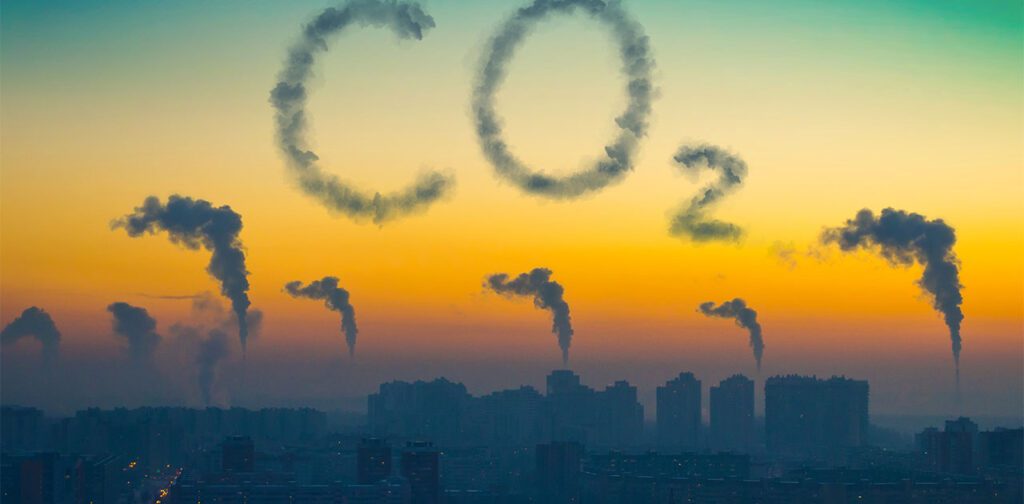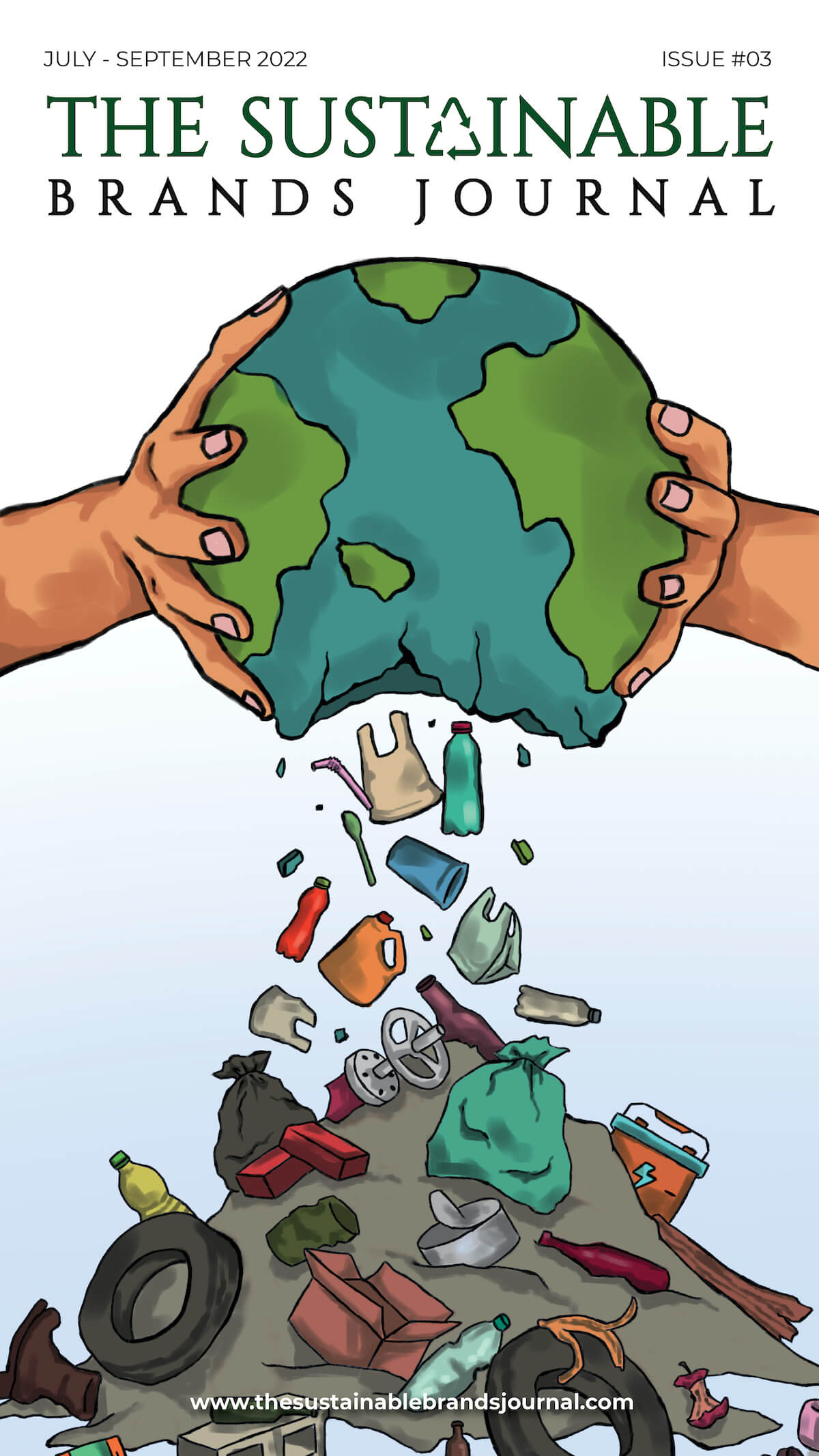
CREATING A SUSTAINABLE, LOW CARBON WORLD
The two of the greatest challenges of the 21st century are the battle against the management of climate change and poverty. For both, we have to act strongly now and expect to be consistent in this action for the upcoming decades. Our response to the reduction of poverty and climate change will redefine our generation. The ongoing crisis in the economic downturn and the financial markets are immediate and new, although a few years in the making. All 3 challenges require decisive and urgent action and all 3 challenges can be overcome together through concerted and determined efforts globally. But whilst recognising these challenges, we must respond strongly to all of them. We must also recognise the opportunities: an well-effective response to one can provide great benefits and opportunities.
Some people may argue that the economic downturn and the global financial crisis mean that we should delay our efforts to tackle climate change and poverty. But delaying these would condemn billions of people to many years of hardship and the stock of GHGs in the atmosphere would continue to grow, making it difficult to deal with the problem. We must face these challenges together as we cannot afford to delay.
So what should we do to combat the threat of climate change?
To combat the threat of climate change while boosting efforts to tackle the global economic downturn and reduce poverty. We need to take action to cut emissions. They fall broadly into 3 categories: a halt to deforestation, energy efficiency and low-carbon technologies. We are aware of the policies that are necessary to drive these actions: increased technology support, carbon trading and regulation, tax and measures that halt deforestation.
Tips to reduce your carbon footprint

1. Insulate your home
Heating up your home can be quite an expensive and energy-intensive process. By insulating places like walls and lofts, you can ensure your home retains heat during the winter and stays cool in summer. It means you get to use less energy, reduce your carbon footprint as well as your household bills.
2. Switch to renewables
Energy providers globally are now offering greener tariffs. By switching to a company that provides electricity from wind, solar and hydroelectric energy, you can cut your household emissions and save money on your energy bills. It is better to install solar panels if they’re easily available where you live.
3. Buy energy efficient
Electrical appliances are becoming more efficient every year. Many countries now show how efficient particular some products are which means that you can make an informed choice. Whether it’s choosing appliances with a high energy star rating, or buying energy-saving light bulbs, you can make your home more greener. Additionally, make sure to turn off and unplug anything you’re not using like switch off fans.
4. Use less water
It takes resources and energy to process and deliver water straight to our houses. So, by using it less, you can help the environment and reduce your carbon footprint. Try turning off the taps when brushing your teeth, having shorter showers rather than time taking baths, and only boiling the water you need.
5. Change your diet
The food that we consume can have a significant impact on the planet. For example, dairy products and meat require a lot of water, land and energy to produce. They also create a lot of greenhouse gas and methane. Additionally, food shipped from overseas requires a lot more resources than local produce.
Conclusion
We can and must simultaneously handle short-term crises, protect the planet from devastating climate change, and foster economic growth and sound development. Low-carbon world is not only possible but it can be an effective, attractive and productive way to overcome world poverty. It is indeed the only sustainable way.
Also, if you want to drive a moment towards a sustainable world, join our sustainable brands community.

Prachi, an accomplished Chief-Editor at The Sustainable Brands Journal, has 15+ years of experience in Europe, the Middle East, and India, managing 90+ global sustainable brands. She’s a prolific writer in sustainability, contributing to various publications. Prachi’s unwavering passion and expertise make her a recognized authority, driving positive change and inspiring a sustainable future.





